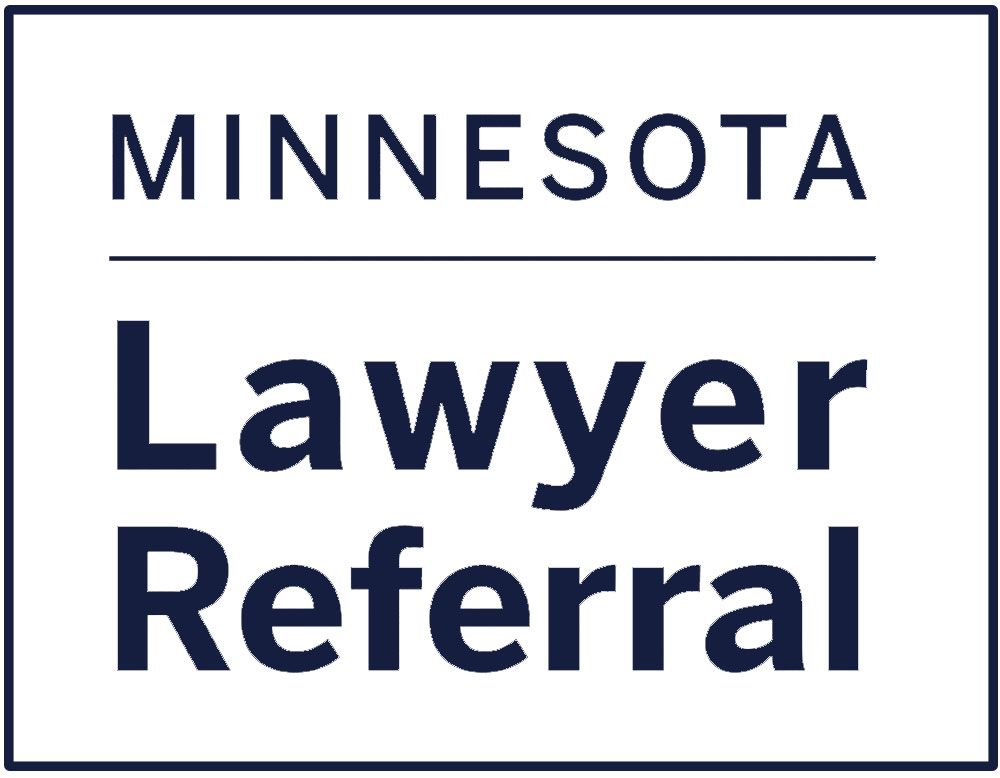Sexual Harassment Laws
Legal Information
Common Questions About Intellectual Property
Table of Contents
- What is sexual harassment?
- When is the educational or work setting offensive or hostile due to sexual harassment?
- What can I do if I am being sexually harassed at school?
- What if the school ignores my complaints of sexual harassment?
- What can I do about sexual harassment in the workplace?
- What happens if I am accused of sexual harassment?
What is sexual harassment?
Sexual harassment includes unwelcome sexual advances, requests for sexual favors, sexually motivated physical contact or other verbal or physical conduct, or communication of a sexual nature that is used to gain power over someone or to create an intimidating, hostile, or offensive environment. This includes remarks, jokes, looks, gestures, suggestive comments, and/or physical contact. Sexual harassment can be a problem in schools, in the workplace, in organizations, in the use of public services and public accommodations, when seeking housing, and in landlord-tenant situations. In schools, sexual harassment can be by staff to student, student to student, or student to staff. Conduct can constitute sexual harassment even though it does not involve criminal conduct.
In Minnesota, schools and employers, are required to post a sexual harassment policy where it is easily visible. Schools must also distribute the policy to students and staff at least once each year. You may ask to see a copy of the policy at any time.
When is the educational or work setting offensive or hostile due to sexual harassment?
While specific harassing conduct by one person against another may be more easily recognized as sexual harassment, the law states that sexual harassment also exists when the environment is intimidating, offensive, or hostile because of unwanted sexual behavior and atmosphere. Much litigation has occurred in efforts to define what constitutes a “hostile work environment” and the law continues to develop in this area.
Sexually explicit graffiti, displays of sexually explicit photographs, use of sexually explicit language, and public displays of affection can all contribute to a hostile environment. The harassed victim may be an individual or a group.
Many school policies recognize that kissing or fondling in the school hallways is just one of many forms of sexual harassment that can exist at school. The victims in this example are the other students and/or staff. By adding to the atmosphere of sexual activity, public displays of affection contribute to the existing peer pressure on students to be sexually active. In addition, some students and staff find public displays of this kind offensive.
What can I do if I am being sexually harassed at school?
You should be familiar with your school policies on sexual harassment. If you believe that you are being sexually harassed, you should tell someone you trust, such as a parent, teacher, or counselor. That person should go with you to make a formal complaint to the principal. Your school is required to investigate all complaints of harassment.
Do not let another individual stop you from reporting sexual harassment by making threats against you. School policies (and state and federal laws) provide strong measures against those who harass others and then try to intimidate their victims into silence.
What if the school ignores my complaints of sexual harassment?
Be familiar with, and follow, the procedures for making a sexual harassment complaint at your school. If prompt and appropriate attention does not come from the principal, you should contact the superintendent of your school district.
If necessary, a student may also begin a civil lawsuit to stop the harassment and, if appropriate, receive some form of compensation. The student and parent or guardian may contact an attorney who can help them with their claims and, as appropriate, their lawsuit.
In addition to, or instead of, initially bringing your own lawsuit, you can contact the federal, state, or local agencies responsible for enforcing the anti-discrimination laws. These agencies include the Equal Employment Opportunity Commission (EEOC), which is part of the U.S. government; the Minnesota Department of Human Rights (MDHR); and local agencies including the Minneapolis Civil Rights Department.
It is important to contact one of these agencies or a lawyer quickly to make sure that you comply with the necessary time limitations imposed by law. If you miss the required time frame, you may be barred from bringing your claim forever.
What can I do about sexual harassment in the workplace?
The same procedures that apply to sexual harassment at school also applies to sexual harassment in the workplace. Be familiar with the policies and speak to your supervisor and /or the human resources officer. Filing a lawsuit and/or filing with the EEOC or MDHR procedures are the same.
What happens if I am accused of sexual harassment?
If you are accused of sexual harassment in a school setting, what happens will depend upon your school’s policies. You and other students and staff will probably be interviewed to determine whether the allegations are true. If the allegations are true, you could face discipline that would vary depending upon the severity of your actions. It is possible that you could be expelled from school.
If the accusation occurs in a job setting and the allegation is true, you could face discipline ranging from a reprimand to dismissal from employment. In addition, the victim could file a claim with the EEOC, MDHR, or a local agency or begin a civil lawsuit against you, to seek financial damages for the harassment.
Actions that seem like “jokes” or “pranks” to one individual can be perceived as sexual harassment by another. It is important to be familiar with your school or workplace’s sexual harassment policies and to abide by them.
GUIDED AND SELF-HELP OPTIONS
Have More Questions About Minnesota’s Emancipation Laws?
You may wish to contact Mid Minnesota Legal Aid’s Youth Law Project to see if you are eligible for free assistance here. Or visit Law Help MN to read additional articles on Youth Law from our partnering agencies below.
The Right Call for the Right Lawyer
Get Help Finding the Right Attorney for Your Case
Not sure if you need an attorney or what type of attorney to request? Request assistance today and a referral counselor will give you the guidance you need to take the next step.

